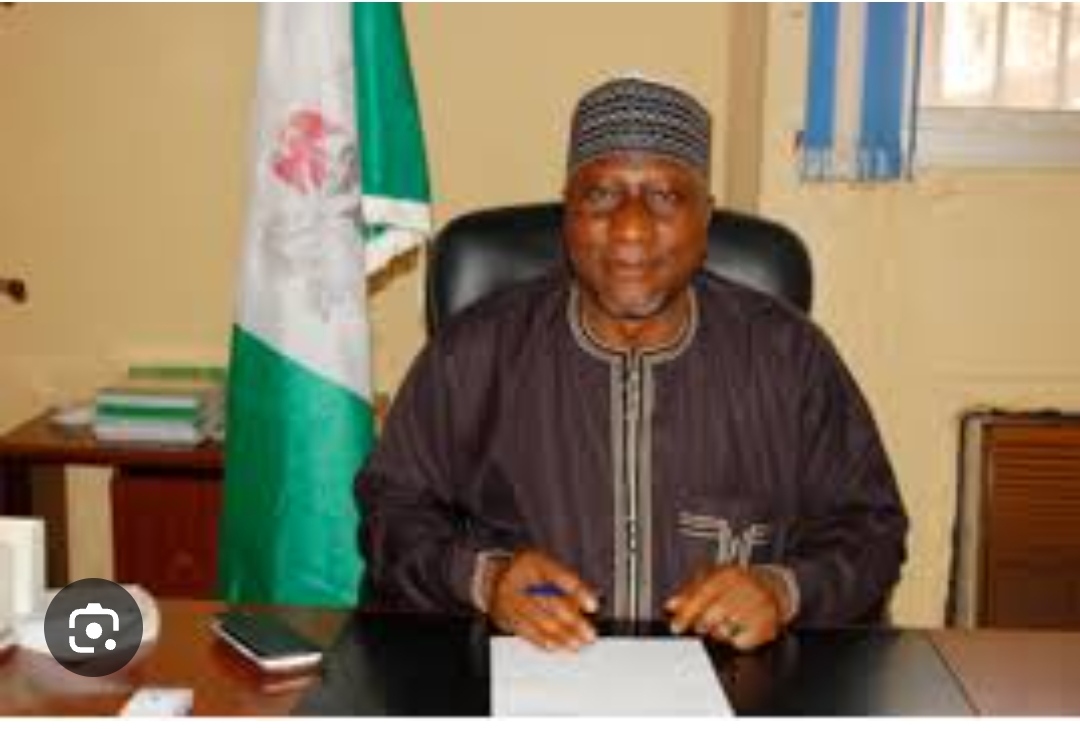Child labour can result in extreme bodily and mental harm, and even death. It can lead to slavery and sexual or economic exploitation. And in nearly every case, it cuts children off from schooling and health care, restricting their fundamental rights. Nearly 1 in 10 children are subjected to child labour worldwide, with some forced into hazardous work through trafficking.
A recent report from the National Bureau of Statistics (NBS) has unveiled the current situation of child labour within Nigeria. According to the report, over 24 million Nigerian children are involved in child labour, with 14.3 million of these children engaged in hazardous work as of 2022.
The Northwest geopolitical zone has the highest absolute numbers of child labourers, with a total of 6,407,102 children working and 3,266,728 engaged in hazardous tasks. However, the Southeast region has the highest proportion of child labour, with almost half of its children—49.9%—involved in some form of child labour.
On a national level, 39.2% of children in Nigeria, amounting to 24,673,485, are engaged in child labour, while 22.9%, or 14,390,353 children, perform hazardous work. This data reveals a troubling reality in which nearly two out of every five Nigerian children are subjected to laborious and often unsafe conditions.
The report also shows that children in the 5–17 age group in child labour commit an average of 14.6 hours of work per week.
A worrying trend emerges as the age increases, with older children in the labour force working longer hours. Specifically, children aged 15–17 work an average of 24.6 hours per week, compared to 19.4 hours for the 12–14 age group and 9.8 hours for the youngest group, aged 5–11.
The latest data further reveals the top 10 states grappling with a high percentage of child labour in Nigeria. The findings indicate varying degrees of child labour intensity among different age groups, but our analysis focuses on the aggregate numbers for children aged 5 to 17 years.
10. Akwa Ibom– Initiating the list with the lowest percentage in the top ten, Akwa Ibom State reveals a total of 52.5% of children engaged in labour. Despite being the lowest on this list, the figures are concerning, with the 12–14 age group being notably less affected than their younger and older counterparts.
9. Bauchi– In Bauchi, the percentage increases slightly to 53.3%. Interestingly, the data presents a declining trend with age; the 5–11-year-old group has a high incidence, which reduces progressively in older children, indicating a possible shift in responsibilities or opportunities as children mature.
8. Kogi– Kogi State shows a more uniform distribution across the age brackets, with 54.4% of children aged 5–17 involved in labour. The state appears to maintain a relatively balanced percentage across all age groups, suggesting a consistent level of child labour engagement.
7. Imo– Tied for the seventh position with Ebonyi, Imo State reflects a concerning trend where the incidence of child labour in the 12–14 and 15–17 age groups is alarmingly high at 64.2% and 65.4%, respectively. The state’s total sits at 56.2%, which belies the steep rise in child labour as children grow older.
6. Ebonyi– With a total of 56.2%, Ebonyi’s numbers are influenced by a lower engagement in the middle-age category. The figures suggest that while younger and older children are frequently involved in labour, those in the transitional age of 12–14 are slightly less so.
5. Taraba– Midway through the list is Taraba State, with 58.6% of its children working. The state shows lower percentages in the 12–14 age group, which diverges from the more uniform trends seen in other states.
4. Plateau– Plateau State, with a total percentage of 58.9%, exhibits a consistent pattern of child labour across all age categories. The data points towards a sustained level of child labour that does not fluctuate greatly with age.
3. Abia– Climbing to higher incidences, Abia State reports 60.1% of children engaged in labour, with a peak in the 15–17 years category at 66.9%. This spike may indicate an increase in the reliance on older children for laborious activities.
2. Yobe– With 62.6%, Yobe State has one of the highest percentages of child labour. Notably, the youngest age group is significantly impacted, with a sharp drop-off in the oldest group, which could reflect cultural, educational, or economic factors influencing children’s engagement in labour.
1. Cross River– Topping the list, Cross River State has a staggering 67.4% of children involved in labour. While the percentage is highest among the youngest age group, the problem persists strongly into adolescence, underscoring a severe challenge facing the state.












